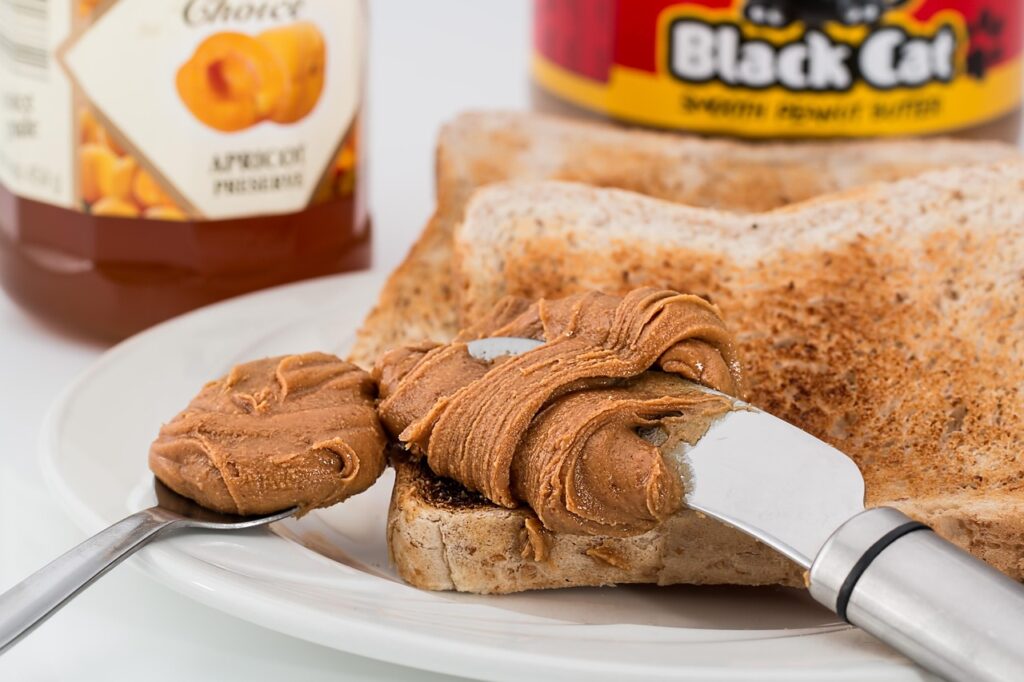
You probably already know candy, soda, and desserts are full of sugar—but some everyday foods sneak in way more than you’d think. The problem is many of these items seem healthy or harmless at first glance, but once you check the label, the sugar numbers are shocking. Here are 15 foods that might be loading your diet with hidden sugar without you even realizing it.
Flavored Yogurt
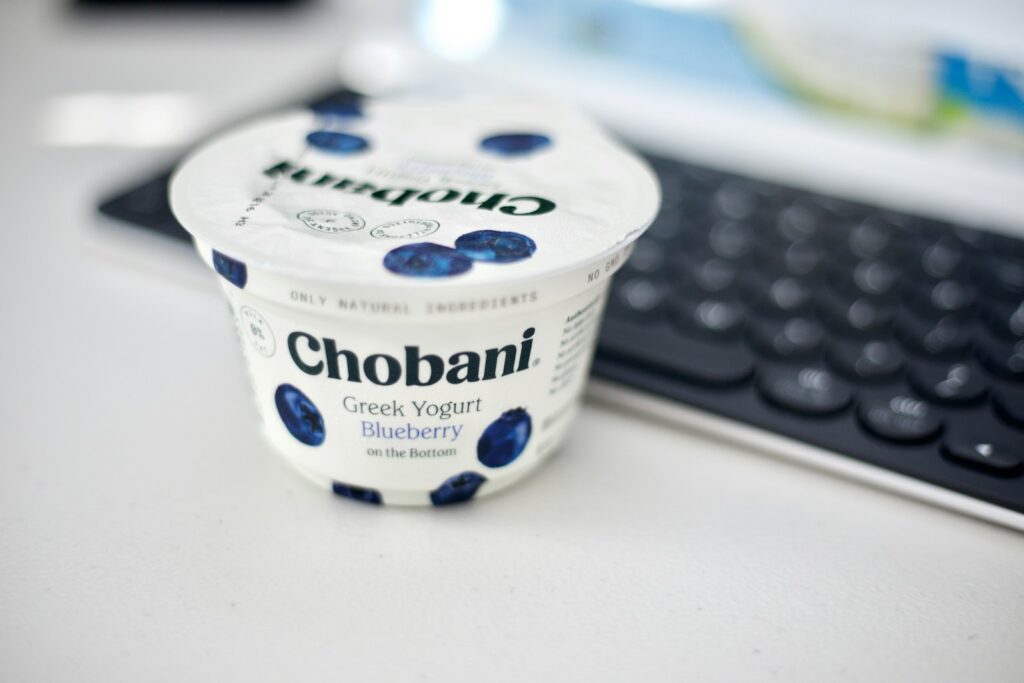
When you grab a small cup of fruit-flavored yogurt, thinking it’s a healthy snack, you might be eating more sugar than a candy bar. Many single-serving yogurts contain 15 to 25 grams of sugar, mostly from added sweeteners—not the fruit. It’s easy to assume anything labeled with fruit is good for you, but these yogurts are often closer to dessert than a healthy food.
Barbecue Sauce

Barbecue sauce may taste tangy or smoky, but it’s often packed with sugar to balance out the spices. Just two tablespoons can hold up to 12 grams of sugar, and people usually pour on a lot more than that when they grill. So when you’re enjoying ribs, chicken, or burgers slathered in sauce, you’re also unknowingly loading up on sugar without tasting how sweet it really is.
Granola Bars
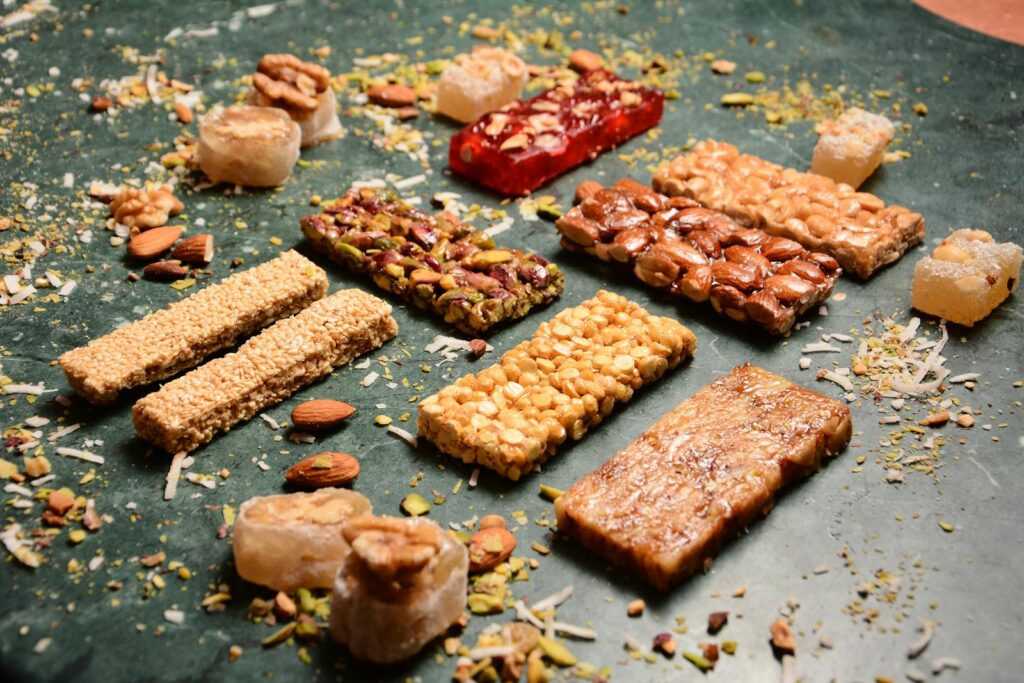
Granola bars are sold as an easy on-the-go health snack, but most are sweetened with things like corn syrup, chocolate chips, or sugary dried fruit. One bar can pack 15 to 20 grams of sugar—more than some cookies. The worst part is you feel like you’re eating something wholesome, especially if the packaging says things like “natural” or “energy-boosting,” but it’s still a sugar bomb.
Pasta Sauce

Tomato sauce doesn’t seem like it would be sugary, but a lot of jarred pasta sauces have 6 to 12 grams of sugar per serving. Companies add sugar to cut the natural acidity of tomatoes and to make the sauce taste smoother. So, when you’re eating a bowl of spaghetti, you could be getting the sugar equivalent of a scoop of ice cream without even realizing it.
Dried Fruit
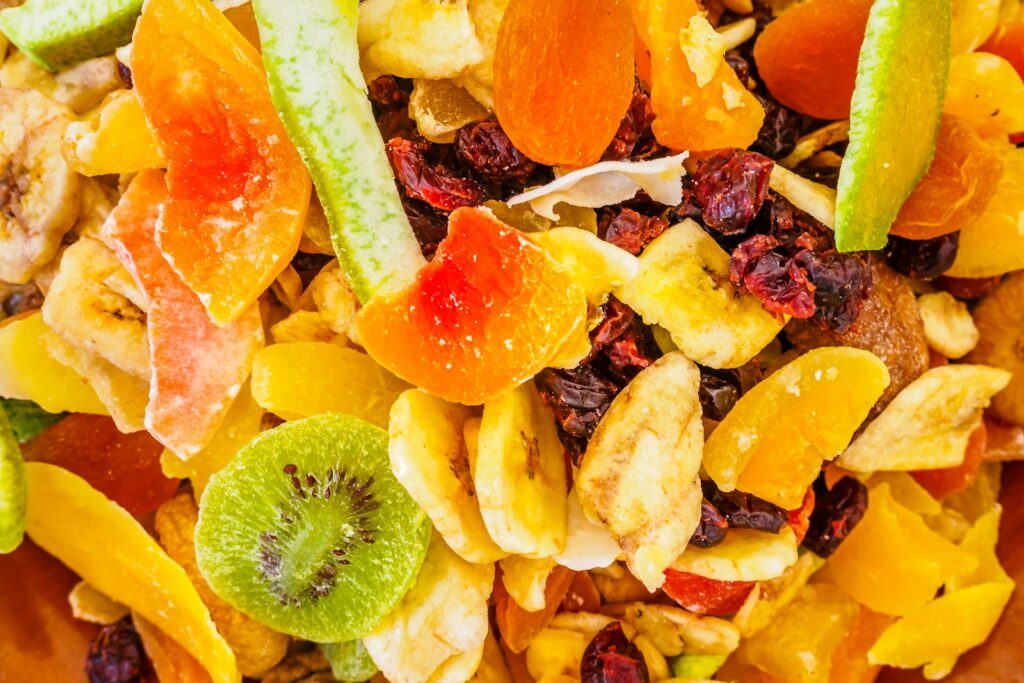
Dried fruit sounds like a healthy snack because it starts out as fresh fruit, but once it’s dried and sweetened, it’s basically nature’s candy. Raisins, dried cranberries, and mango strips are often coated in added sugar to boost flavor and shelf life. A small handful can have more sugar than a donut, and since they’re small and easy to eat, it’s easy to go overboard fast.
Sports Drinks
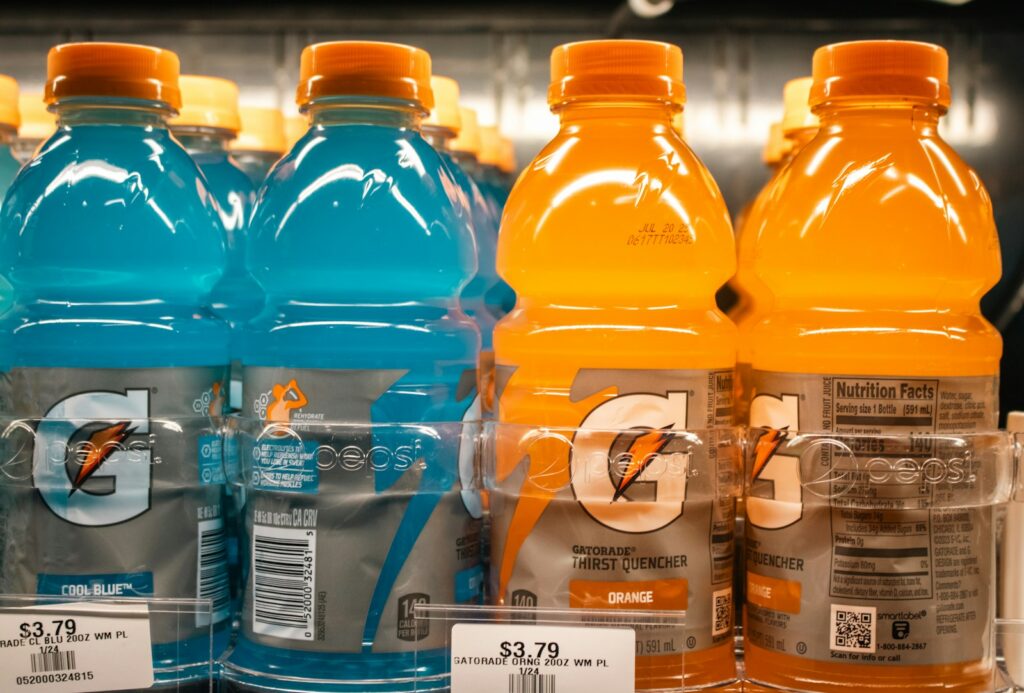
Many people drink sports drinks thinking they’re hydrating or restoring electrolytes, but most are full of sugar—sometimes as much as soda. A typical 20-ounce bottle can contain over 30 grams of sugar. Unless you’ve just completed an intense workout or marathon, your body doesn’t need that extra sugar, and sipping these regularly could be more harmful than helpful to your health goals.
Coleslaw
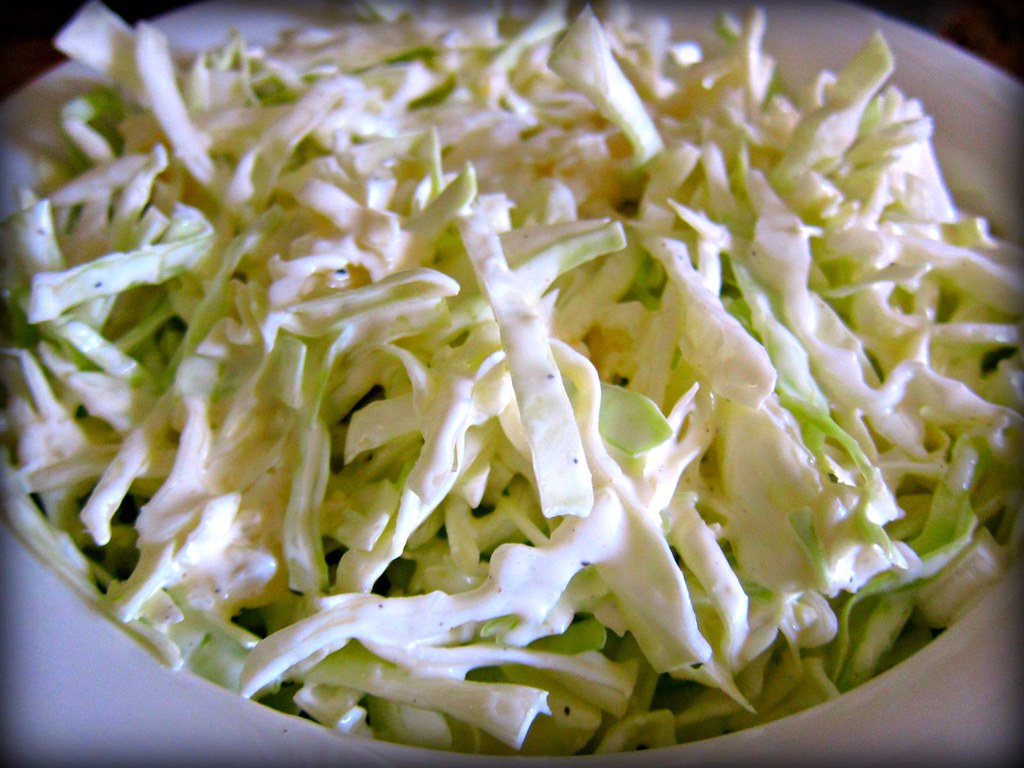
Coleslaw may look like a mix of cabbage and carrots, but most versions are swimming in a creamy dressing loaded with sugar. That sweet flavor you taste isn’t just from the veggies—it’s from added sugar in the mayo-based sauce. Even a small side serving can have 10 or more grams of sugar, making it surprisingly unhealthy for something usually served alongside grilled meats or sandwiches.
Instant Oatmeal Packets
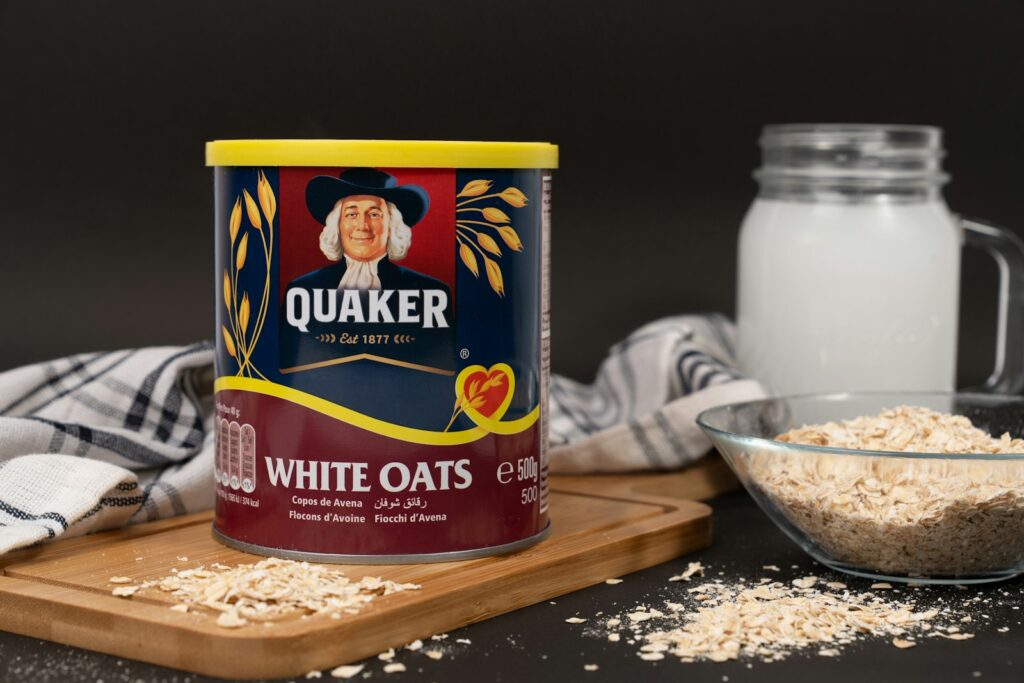
Instant oatmeal seems like a comforting and healthy breakfast, but flavored packets are often filled with sugar to make them taste better. A single packet of apple cinnamon or maple oatmeal can have 12 to 16 grams of sugar, especially if it has fruit flavoring or brown sugar already mixed in. You might think you’re starting the day off right, but it’s more like eating dessert for breakfast.
Ketchup
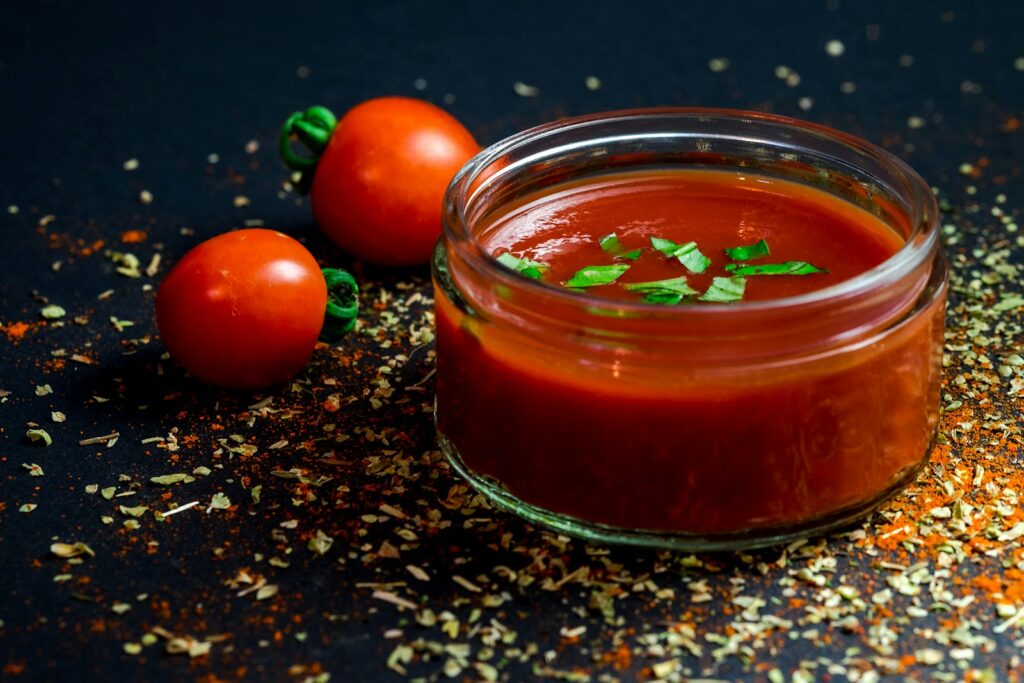
It’s such a small part of the meal that no one expects ketchup to be sugary—but it really is. Just one tablespoon of ketchup can contain a full teaspoon of sugar, and most people use way more than that. Whether you’re dipping fries or topping a burger, that red sauce adds up fast, especially since you probably don’t think of it as something sweet at all.
Bottled Iced Tea
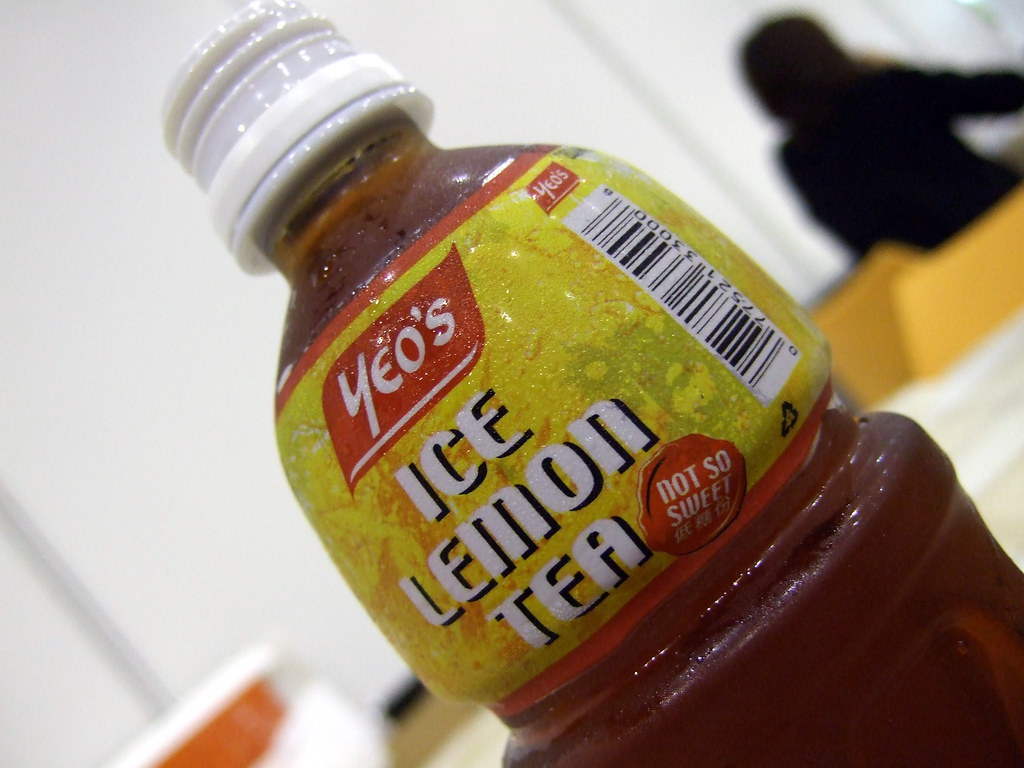
Bottled iced tea might sound like a better choice than soda, but many brands add just as much sugar—or even more. A 16-ounce bottle can contain up to 30 grams of sugar, especially in sweet tea or lemon flavors. Because tea seems like a lighter drink, most people don’t think to check the sugar content, but it can be shockingly high and very easy to sip away without thinking.
Sushi Rolls
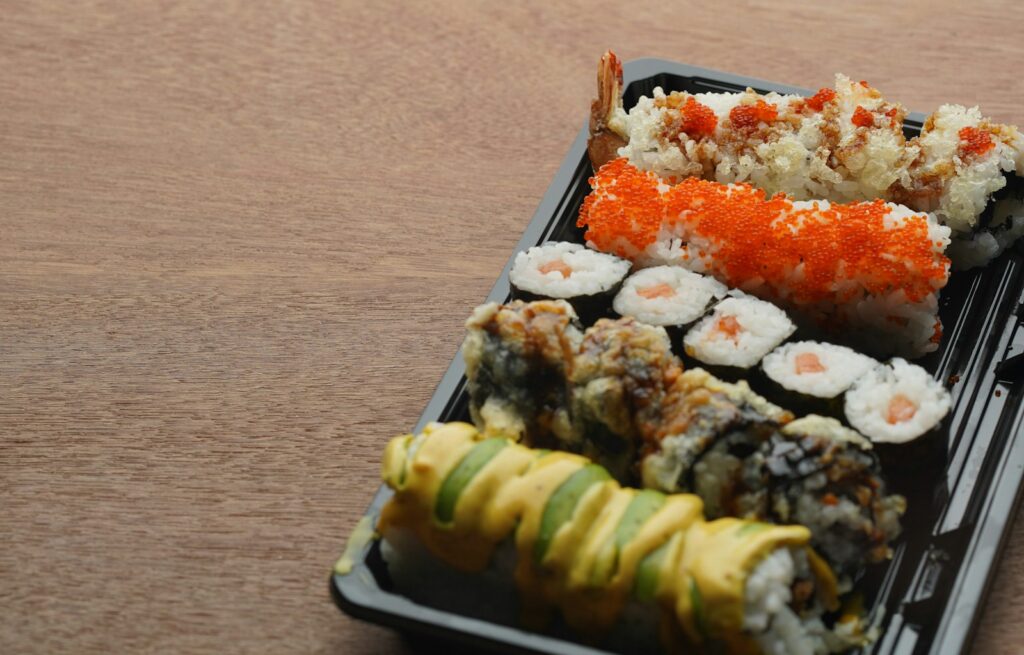
Sushi doesn’t look sweet, but hidden sugar sneaks in through the rice and sauces. The sticky sushi rice is seasoned with vinegar and sugar, and popular sauces like eel sauce or spicy mayo often contain sweeteners too. A single sushi roll can contain up to 15 grams of sugar, and since people usually eat two or three, you’re getting more sugar than you’d ever guess from something savory.
Peanut Butter
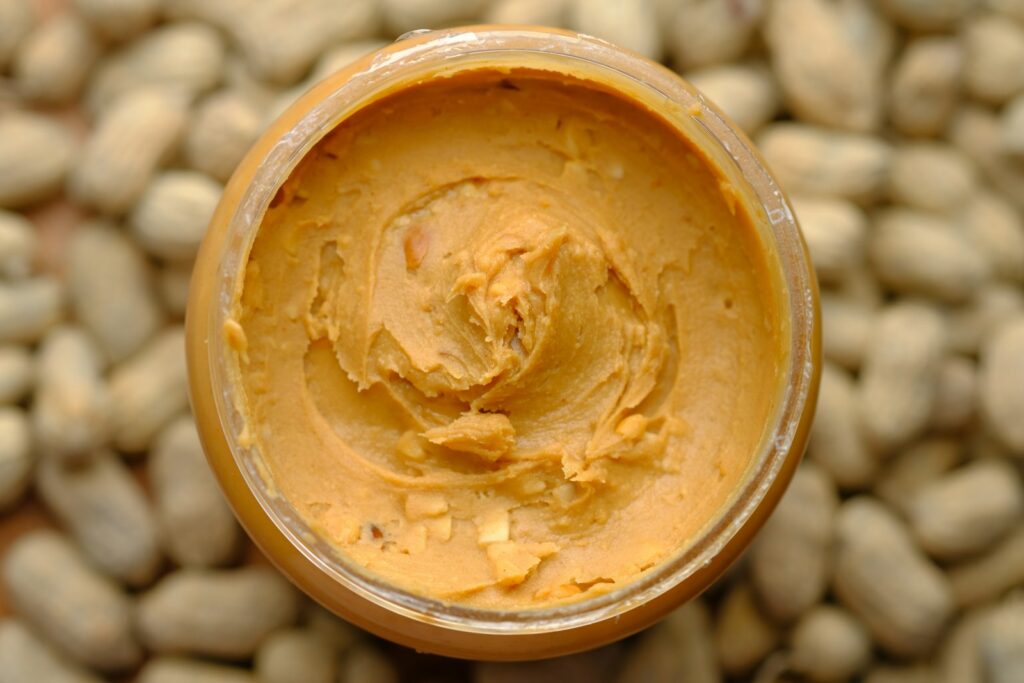
Natural peanut butter is fine, but many commercial brands add sugar to make the spread taste smoother and sweeter. Some versions even have more sugar than protein, especially those marketed to kids or labeled “creamy” or “low-fat.” A couple of spoonfuls on toast or in a sandwich could be packed in more sugar than you’d expect from a food that’s supposed to be high in protein.
Salad Dressing
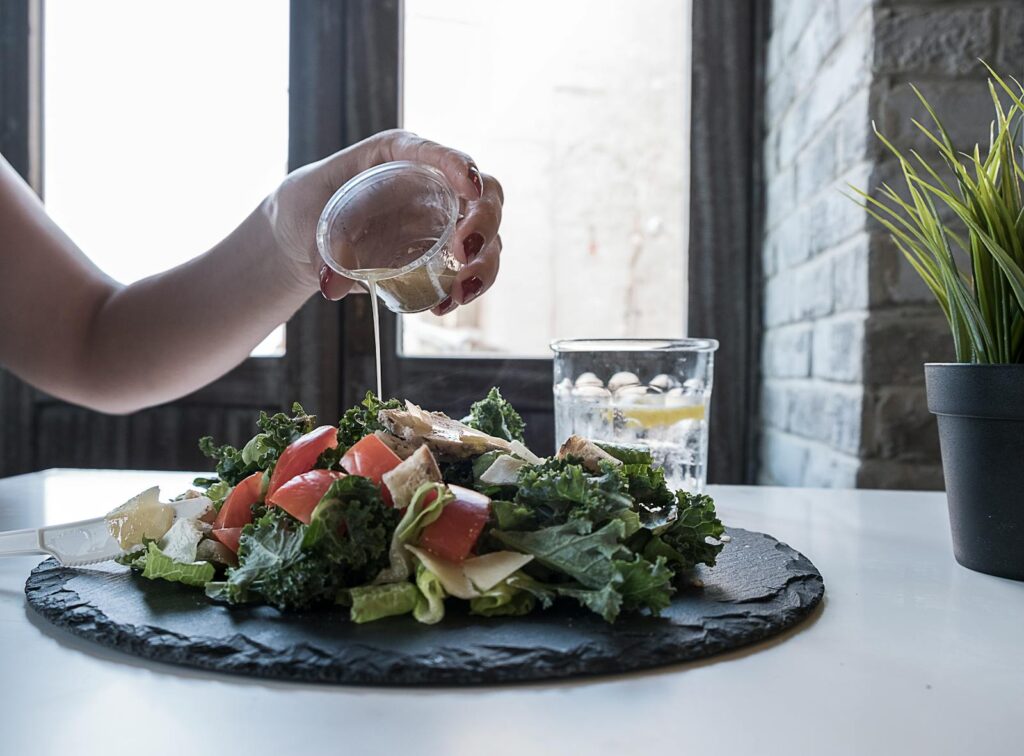
Salad dressing is meant to enhance vegetables, but many bottled dressings—especially honey mustard, French, or raspberry vinaigrette—are loaded with sugar. A few tablespoons can contain 6 to 10 grams or more, which means your healthy bowl of greens might get covered in sugar syrup without you even realizing it. So even when you’re trying to eat light, your salad could secretly be a sugar trap.
Protein Shakes
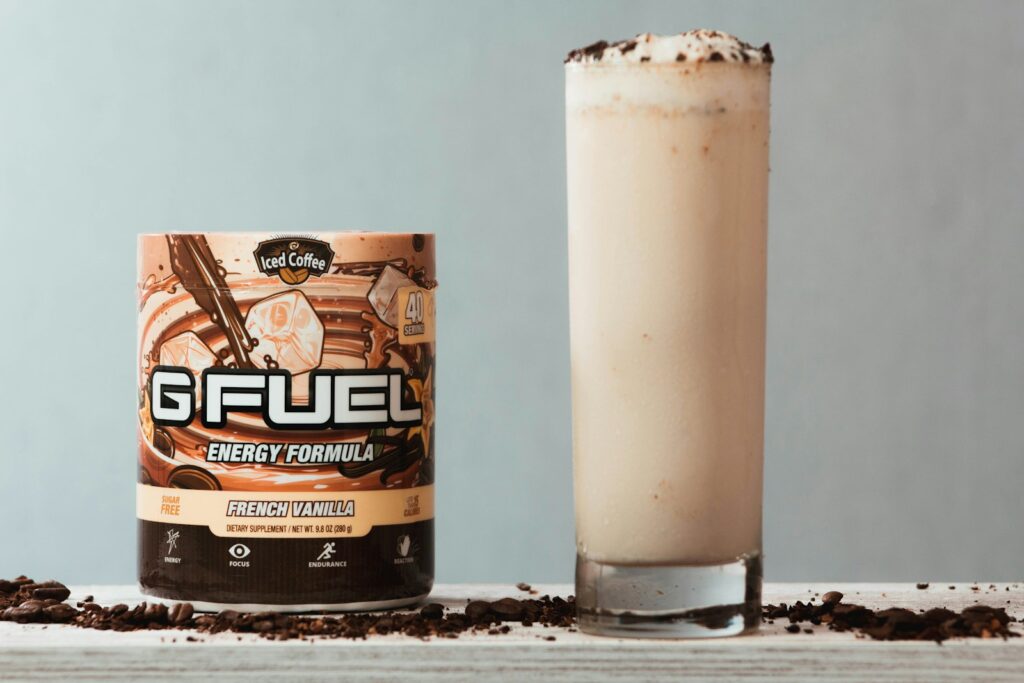
You’d think a protein shake would focus on, well, protein—but many of them are designed to taste like dessert. To make them more appealing, companies add sugar, chocolate, or fruit syrups, which can bring the sugar count up to 20 grams or more. So when you drink one after a workout, thinking it’s a healthy move, you could be accidentally canceling out all your hard work.
Bread
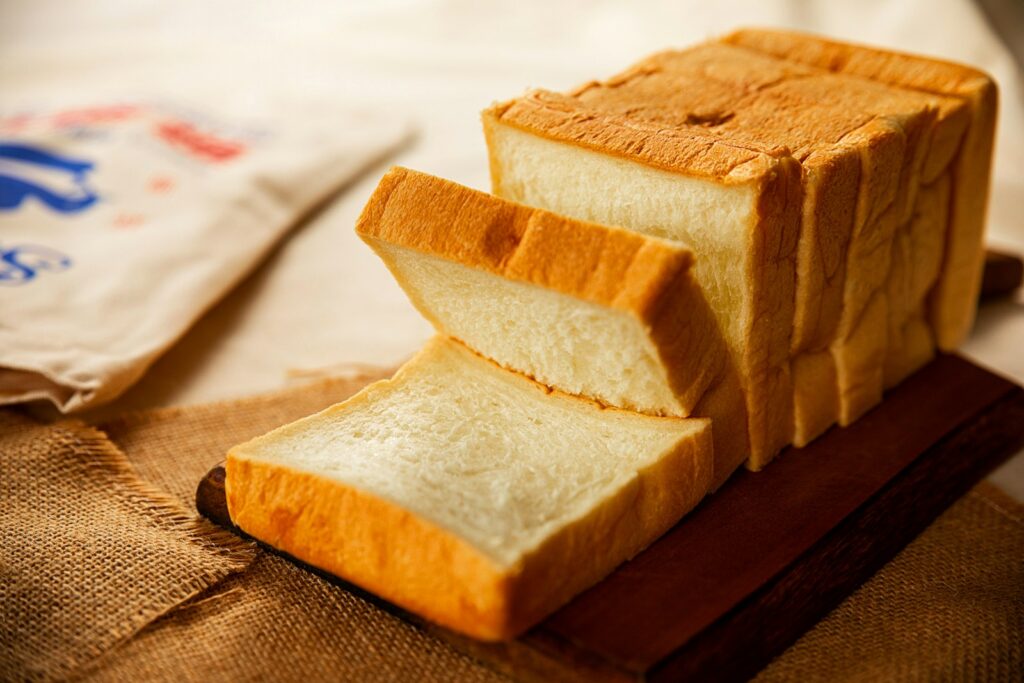
Plain old bread doesn’t taste sweet, but it often contains added sugar to improve flavor, texture, and shelf life—especially white bread and buns. Even a single slice can hold 3 to 5 grams of sugar, and sandwiches or toast usually mean two slices at a time. So, while bread might not seem like a problem, it’s often a sneaky source of sugar in your everyday meals.
Leave a comment